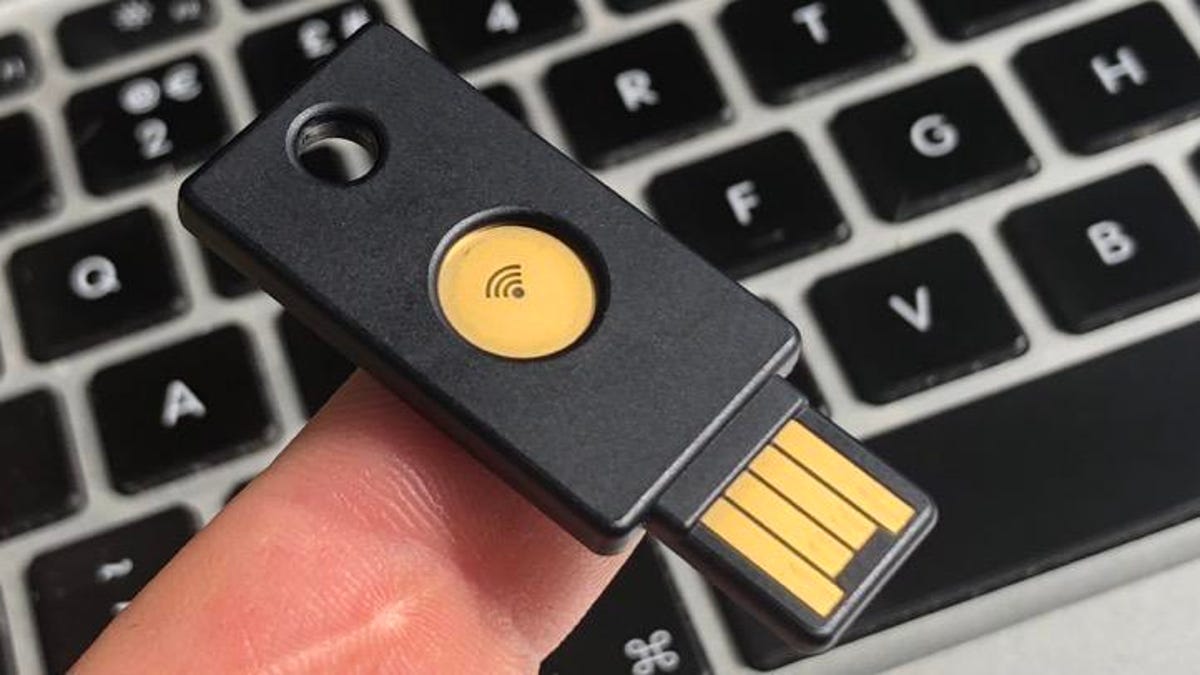Between the constant email and Slack notifications and the onslaught of news and social media, it can feel like there are a lot of forces conspiring against us getting things done. But at the heart of many of our feelings of overwhelm is our own tendency to distract ourselves from important or difficult tasks. How can you recognize your triggers and overcome procrastination?
Procrastination is an emotion-management problem
Some research from psychologists has challenged conventional thinking about procrastination, suggesting that it’s not a matter of willpower or focus. Mood and emotion regulation are the main culprits in procrastination. In other words, procrastination is not a time-management problem, it’s an emotion-management problem.
Here’s what psychologists say is the emotional process behind procrastination: We project into the future about what the task will feel like and predict that it will be hard or stressful. Then, our emotional coping strategy kicks in to keep us away from this bad feeling, so we avoid the task.
All of this is something our subconscious is doing, but they point out that by avoiding the perceived external threat, we shut off access to both good and bad feelings—like the feeling of accomplishment and success—which is why they’ve found a connection between procrastination and depression.
Negative emotions, like self-doubt, anxiety, boredom, frustration, and resentment, make us procrastinate.
Of course, knowing that it’s an emotional problem and that by procrastinating you are robbing yourself of positive feelings too doesn’t do much to get you to stop. One of the suggestions from psychologists is that mindfulness meditation can help us remain calm and nonjudgmental in the face of work stress, which makes us more able to engage with the tasks, which makes us less stressed—a positive feedback loop.
Or in other words: Doing absolutely nothing might be the best way to get everything done.
Focusing under stress and using different types of attention
Time management coach Elizabeth Grace Saunders wrote a piece called “How to stay focused when everything feels stressful and overwhelming” and in it she provides some concrete tips for being productive when a lot is happening in your life. She mentions putting everything on paper, writing out all the things you need to get done or are stressed about.
Another great tip is about taking action where you can—sometimes you only have the energy to complete mindless tasks, or simple things, like, say, filing expenses, or scheduling some meetings. But once you get a few simple things done, you may find you have the energy to complete more significant tasks.
Sometimes you just need to take a break. Go for a walk, talk with a friend, or do something that isn’t work. It’s not always worth just powering through.
Procrastiworking
A big way many people procrastinate is by avoiding the most important work by working on something else. This is also known as “fake working” or “procrastiworking.” Fast Company contributor Amanda McKinney defines procrastiworking as: “when you’re doing something that could be considered work, so you feel justified in taking the action, but it’s not the thing you need to be doing. It’s you procrastinating by doing other work.”
The first step is to notice when you’re doing it: McKinney suggests auditing your to-do list to figure out what the priority is and how to make progress with the task you really need. Also, at the end of your work day, you can audit what work actually got done and be realistic about whether that was the right work or not.
To prevent this from happening in the future, you need to get honest with how commonly you procrastiwork, and then come up with a plan for what you will do when you notice it happening.
And sometimes it can be as simple as setting a timer to force yourself to stay on task for 20 minutes, and then allowing yourself a 5-10 minute break after.
How managers can deal with procrastination
To avoid being a micromanager, tread carefully as a manger addressing employee procrastination. If your employee is still getting their work done, it’s likely not your problem to solve. But if an employee is struggling to complete tasks, some of the advice for individuals can apply.
First, look at the source of the procrastination—especially if it’s a new thing for them. Is the task especially onerous or boring or confusing?
Managers should also be regularly checking in with employees to make sure they’re aligned about priorities, and help direct reports problem-solve. Sometimes it’s an issue of understanding what an employee is going through and doing what you can to reduce feelings of being overwhelmed or bored, where possible.
When procrastination can be useful
For some people, procrastination can be useful in helping to get things done. Procrastination is using fear as a motivator: As a deadline approaches, we fear the consequences of not getting it done on time. That fear releases adrenaline, a natural pain killer, and feeling less pain makes doing difficult (or less desirable) tasks easier.
Waiting until the last minute forces us to focus. Because we are rushing to meet a deadline, we are less likely to be distracted. Procrastinating can make other things seem easier. Submitting your expense report is easy compared to that big project you are avoiding. This lets you get all the other little things off your to-do list painlessly since you are happy to avoid doing the one thing you are procrastinating over. And, if you’re a perfectionist, procrastinating forces you to lower your expectations.
Now, if you’ve read this far, you are clearly procrastinating . . . so it’s probably time to get back to work.







